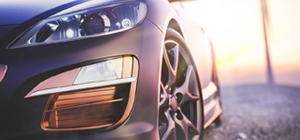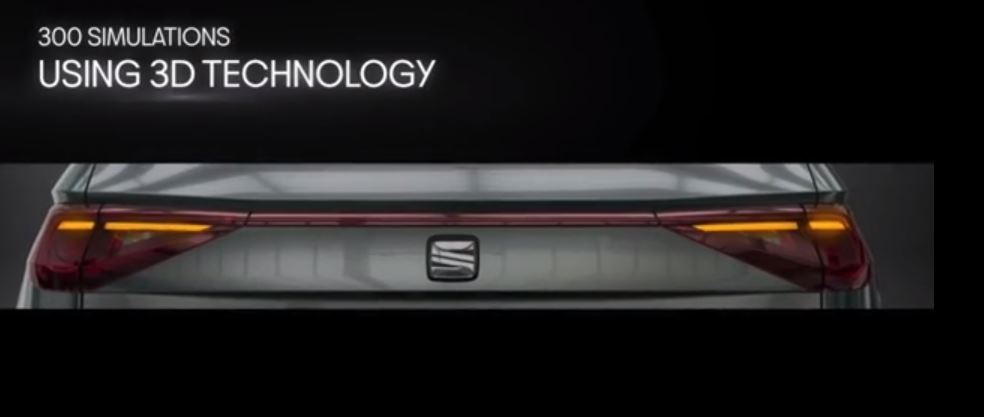Martorell, 27/11/2018. – Essential safety elements that are also a key design aspect of every model, headlights are to a car as eyes are to a face. More than three years of close collaboration between designers and engineers go into creating the lights of a car. In SEAT’s light tunnel, these specialists carry out all the necessary tests and verifications on headlights and taillights in order to achieve the perfect light that delivers greater comfort and safety at the wheel:
– A dialogue between art and technique: “We are constantly in touch with the Design department during the development of the project. We turn aesthetic ideas into mathematical accuracy”, explains Carlos Elvira, who heads the Lighting and Signalling team at SEAT. In the case of the SEAT Tarraco “we wanted this feature to convey intelligence, technology and emotion”, adds Tony Gallardo, who is responsible for Exterior Component Design.
– 300 simulations per model: The Lighting and Signalling team uses 3D simulations to create mechanisms with new geometries. The viability of the designs is ensured by performing up to 300 simulations per model. Once the virtual phase has been approved, a scale model is built and used for the initial tests. “These tests make it possible to verify the distribution, consistency and intensity of the light”, adds Carlos.
– Visibility in all conditions: The SEAT Technical Centre has a 40 metre long paved light tunnel that, Carlos says, “enables us to recreate authentic night time driving conditions.” At the wheel of a Tarraco, he tests the car’s different lights and verifies their intensity with a photometer. Furthermore, they also check that the cut lines of the headlights are “horizontal”. “They don’t necessarily have to shine a perfectly straight or sharp line as that would cause the driver to experience eye strain”, points out this expert.
– Does the angle of the light beam change when the car is fully loaded?: The answer is no. To achieve this “several tests are carried out with weights, such as placing up to 350 kg in the boot or seating five people” with the goal of guaranteeing that the angle of light is correct at all times regardless of how the vehicle is laden. In these cases, further testing ensures that, “oncoming traffic does not get dazzled”, adds Carlos.
– From Arctic cold to desert heat: The different parts spend up to ten days at extreme temperatures ranging from -40 °C to 90 °C. This is achieved in the climatic chamber where several conditions of heat, humidity and cold are recreated. The goal is to verify that the lights and their functions respond correctly when the car is driven either on frozen roads in Sweden or under the scorching sun in Mexico. Furthermore, the prototypes are driven more than 30,000 kilometres in remote locations of the planet before market launch and are confined for two years in deserts in order to verify their performance in any weather condition.
– LED lighting, a lifetime of 10,000 hours: That is the average service life of the 300 LED light sources included on the SEAT Tarraco. Furthermore, they consume half as much as halogen bulbs. According to the expert, “lighting systems have evolved tremendously in terms of comfort and safety”. This technology, which emits light that is much cooler and clearer, similar to outdoor sunlight on a clear day, opens up a wide range of possibilities. “LEDs have enabled us to completely re-engineer the design of the light fixtures”, he concludes.

















